The grass pickerel, scientifically known as Esox americanus vermiculatus, is a fascinating member of the Esocidae family, which includes other pike species. This freshwater fish is primarily found in North America, particularly in the eastern United States and parts of Canada. The grass pickerel is often overshadowed by its larger relatives, such as the northern pike, yet it possesses unique characteristics that make it a subject of interest for both anglers and ecologists alike.
Its slender body and vibrant coloration allow it to blend seamlessly into its aquatic environment, making it an adept predator in shallow waters. Grass pickerel are typically found in weedy lakes, slow-moving rivers, and marshes, where they thrive in habitats rich with vegetation. Their preference for these environments is not merely a matter of comfort; it is a strategic choice that enhances their hunting capabilities.
The dense cover provided by aquatic plants offers both protection from larger predators and an ideal ambush point for capturing prey. As a species that has adapted well to its niche, the grass pickerel plays a significant role in the dynamics of freshwater ecosystems.
Key Takeaways
- Grass pickerel are a small species of fish found in freshwater habitats in North America.
- They have a slender body, greenish-brown coloration, and are often found in shallow, weedy areas of lakes, ponds, and slow-moving streams.
- Grass pickerel are carnivorous and feed on small fish, insects, and other aquatic organisms.
- They reproduce through spawning in the spring and have a relatively short life cycle, typically living for 4-6 years.
- Grass pickerel play an important role in the ecosystem as both predator and prey, and their populations are threatened by habitat loss and pollution, leading to conservation efforts to protect their habitats.
Physical Characteristics and Habitat
Physical Characteristics
The grass pickerel’s elongated body can grow up to 24 inches in length, although most individuals are smaller. Its striking coloration is a key feature, with a greenish or brownish hue adorned with lighter, irregular spots and vertical bars. This unique coloration serves as effective camouflage, allowing the fish to blend in with its surroundings and remain hidden from both prey and potential threats.
Swimming Ability and Habitat
The grass pickerel’s dorsal fin is positioned far back on its body, enabling it to make quick and agile movements. This adaptation makes it an efficient hunter in its preferred shallow waters with abundant vegetation. The species is commonly found in areas with submerged plants like eelgrass and coontail, which provide both cover and a rich source of food.
Importance of Wetland Ecosystems
The grass pickerel’s preference for slow-moving waters, such as those found in swamps and marshes, highlights the importance of preserving wetland ecosystems. These habitats are vital for the survival of the species, providing a unique environment where the grass pickerel can navigate through dense plant life with ease. As such, it is essential to protect and conserve these ecosystems to ensure the long-term survival of the grass pickerel.
Feeding and Hunting Behavior

The feeding behavior of the grass pickerel is a testament to its predatory nature. As an ambush predator, it relies on stealth and patience to capture its prey. The grass pickerel typically hunts during dawn and dusk when its prey is most active.
It employs a strategy of remaining motionless among the vegetation until an unsuspecting fish or invertebrate comes within striking distance. With a rapid lunge, it uses its sharp teeth to seize its prey, often swallowing it whole due to its elongated jaws. The diet of the grass pickerel primarily consists of smaller fish, such as minnows and shiners, but it will also consume amphibians and crustaceans when available.
This opportunistic feeding behavior allows the grass pickerel to adapt to varying food sources depending on seasonal changes and habitat conditions. Interestingly, studies have shown that the presence of aquatic vegetation not only provides cover for the grass pickerel but also attracts smaller fish, creating a rich hunting ground that benefits this predator.
Reproduction and Life Cycle
| Species | Reproduction Method | Life Cycle |
|---|---|---|
| Humans | Sexual reproduction | Infancy, childhood, adolescence, adulthood, old age |
| Frogs | External fertilization | Egg, tadpole, froglet, adult |
| Plants | Sexual or asexual reproduction | Seed, germination, seedling, adult plant |
The reproductive cycle of the grass pickerel typically occurs in the spring when water temperatures begin to rise. During this time, males become more aggressive and engage in courtship displays to attract females. Spawning usually takes place in shallow waters among dense vegetation, where females lay adhesive eggs that stick to plants.
A single female can produce thousands of eggs in one spawning event, ensuring that at least some will survive despite predation and environmental challenges. After fertilization, the eggs hatch within a week or two, depending on water temperature. The young grass pickerel are initially very small and rely on their yolk sacs for nourishment until they are capable of swimming freely and hunting for food.
As they grow, they gradually move into deeper waters while still remaining close to vegetation for cover. The growth rate of grass pickerel can vary significantly based on environmental conditions and food availability; under optimal conditions, they can reach maturity within two years.
Importance in the Ecosystem
Grass pickerel play a crucial role in maintaining the balance of their aquatic ecosystems. As predators, they help regulate populations of smaller fish and invertebrates, preventing any single species from becoming overly dominant. This predatory behavior contributes to biodiversity within their habitats, as it allows various species to coexist without one overwhelming the others.
Additionally, by preying on weaker or sick individuals, grass pickerel contribute to the overall health of fish populations. Moreover, grass pickerel serve as prey for larger predators such as birds of prey and larger fish species. Their presence in the food web highlights their importance not only as hunters but also as a food source for other wildlife.
The health of grass pickerel populations can serve as an indicator of ecosystem health; declines in their numbers may signal underlying issues such as habitat degradation or pollution that could affect other species within the same environment.
Threats and Conservation Efforts
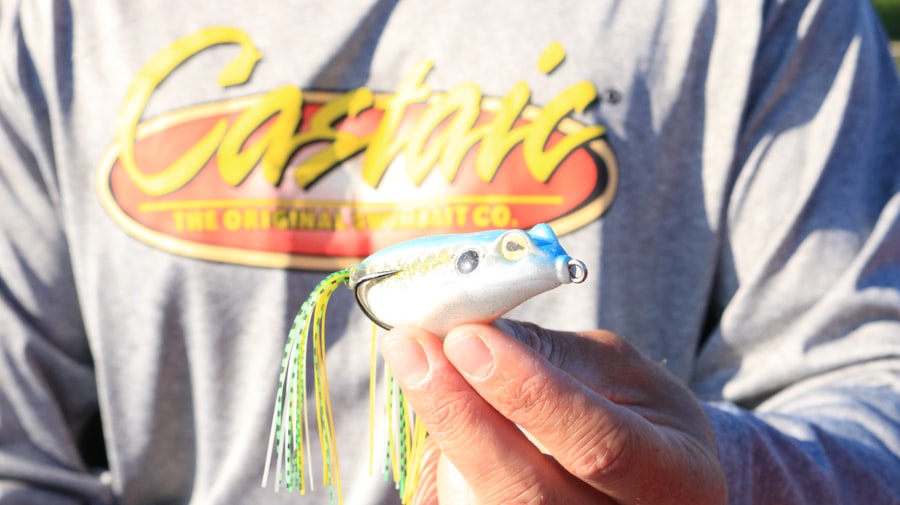
Habitat Loss and Degradation
Despite their adaptability, grass pickerel face several threats that jeopardize their populations. Habitat loss due to urban development, agricultural expansion, and pollution poses significant challenges to their survival.
Water Quality Issues
Additionally, water quality issues stemming from runoff can adversely affect their health and reproductive success. Conservation efforts aimed at protecting grass pickerel populations often focus on habitat restoration and preservation. Initiatives to restore wetlands and improve water quality are essential for ensuring that these fish have access to suitable environments for spawning and feeding.
Conservation Efforts and Public Awareness
Public awareness campaigns also play a vital role in conservation efforts by educating communities about the importance of preserving local ecosystems. By fostering a sense of stewardship among residents, these initiatives can lead to more sustainable practices that benefit both wildlife and human populations.
Fishing for Grass Pickerel
For anglers seeking a unique fishing experience, targeting grass pickerel can be both rewarding and challenging. These fish are known for their spirited fights when hooked, making them an exciting catch for those who enjoy freshwater fishing. The best time to fish for grass pickerel is during their active periods at dawn and dusk when they are most likely to be hunting near the surface or among vegetation.
When it comes to tackle selection, light spinning gear is often recommended due to the size of the fish and their habitat preferences.
Additionally, using live bait such as minnows can increase chances of success, especially in areas where these fish are abundant.
Tips for Spotting Grass Pickerel in the Wild
Spotting grass pickerel in their natural habitat requires patience and keen observation skills. One effective strategy is to look for areas with dense aquatic vegetation where these fish are likely to be hiding. Shallow waters with submerged plants provide ideal ambush points for grass pickerel, so focusing on these areas increases the likelihood of encountering them.
When searching for grass pickerel, it is essential to approach quietly to avoid disturbing them. Observing from a distance can help identify movement or flashes of color that indicate their presence. Additionally, paying attention to local wildlife activity can provide clues; if birds are diving or splashing in certain areas, it may suggest that smaller fish are present, which could attract grass pickerel nearby.
By combining knowledge of their habitat preferences with careful observation techniques, enthusiasts can enhance their chances of spotting these elusive predators in the wild.
If you are interested in learning more about the benefits of different diets, you may want to check out this article on vegetarian and non-vegetarian diets. Understanding the impact of what we eat on our health can be crucial in achieving overall wellness. Additionally, for those interested in the role of microbes in our environment, this article provides a comprehensive overview of microbes, their types, roles, and significance. Exploring different aspects of our ecosystem can help us appreciate the interconnectedness of all living organisms, including the grass pickerel.
FAQs
What is a grass pickerel?
The grass pickerel (Esox americanus vermiculatus) is a species of freshwater fish belonging to the pike family, Esocidae. It is native to North America and is known for its slender, elongated body and distinctive pattern of vertical bars along its sides.
What is the habitat of the grass pickerel?
Grass pickerel are typically found in slow-moving or still waters such as ponds, lakes, and marshes. They prefer areas with dense vegetation, including grassy and weedy areas, where they can ambush their prey.
What do grass pickerel eat?
Grass pickerel are carnivorous and primarily feed on small fish, insects, crustaceans, and other aquatic organisms. They are ambush predators, lying in wait among vegetation and striking at passing prey.
How big do grass pickerel grow?
Grass pickerel typically grow to a length of 12-20 inches, although larger individuals have been recorded. They are generally smaller than their close relative, the northern pike.
Are grass pickerel popular among anglers?
Grass pickerel are sought after by some anglers for their aggressive nature and challenging fight. They are known for their ability to strike at lures and bait, making them a popular target for sport fishing in their native range.
Are grass pickerel considered a game fish?
In some regions, grass pickerel are considered a game fish and are subject to fishing regulations and size limits. However, their status as a game fish varies depending on local laws and regulations.






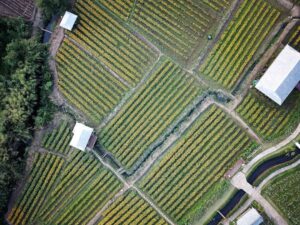



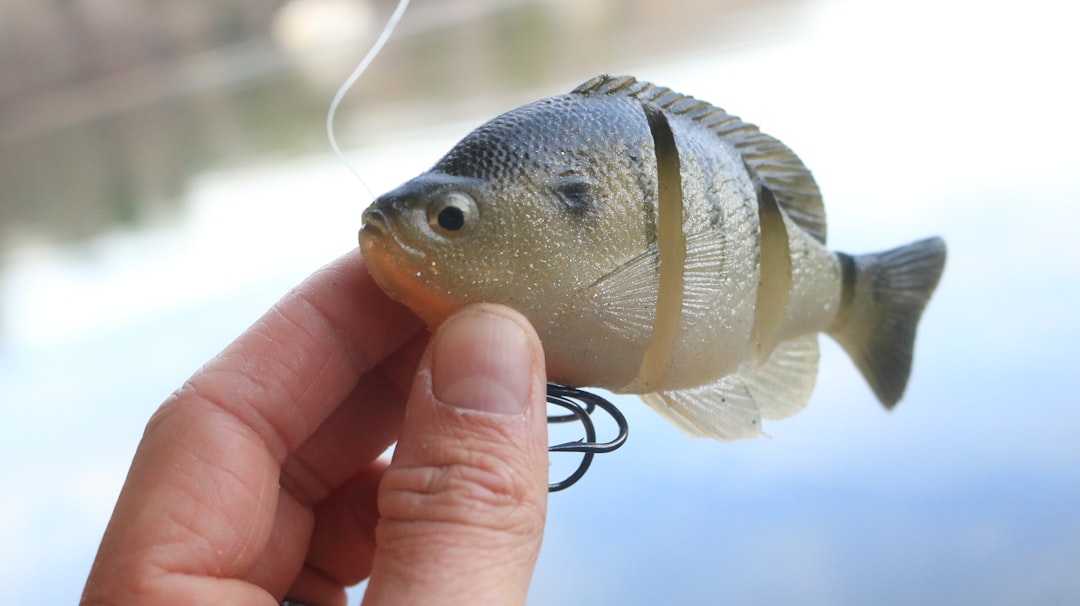
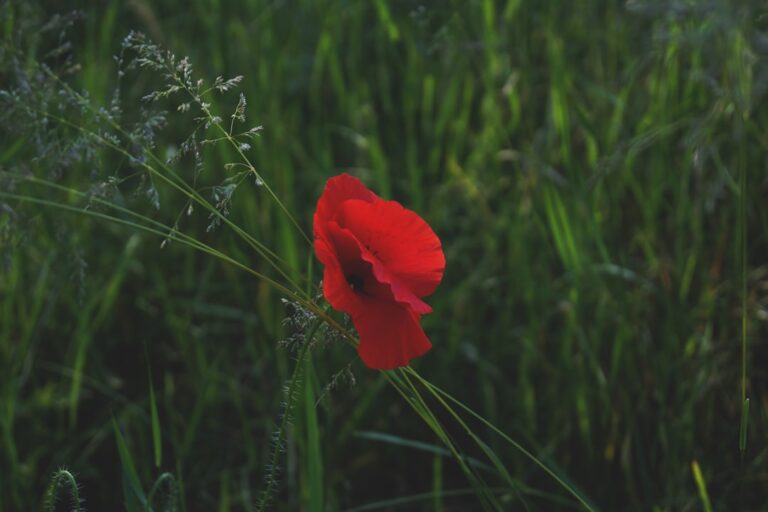










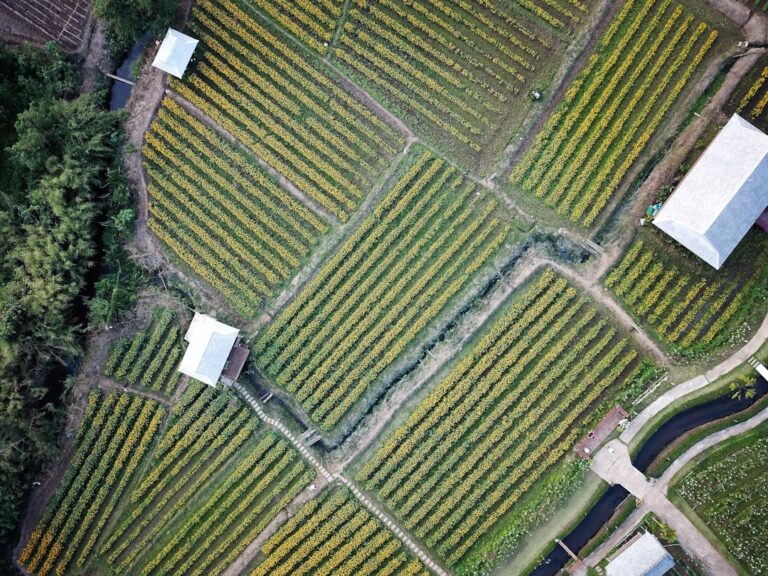

+ There are no comments
Add yours